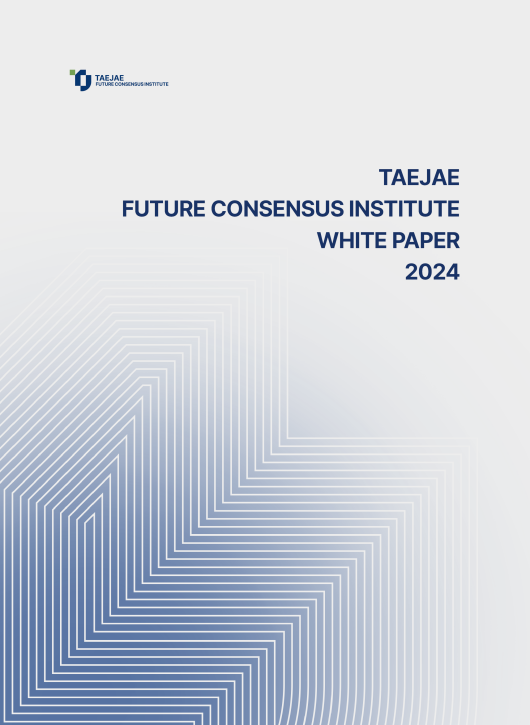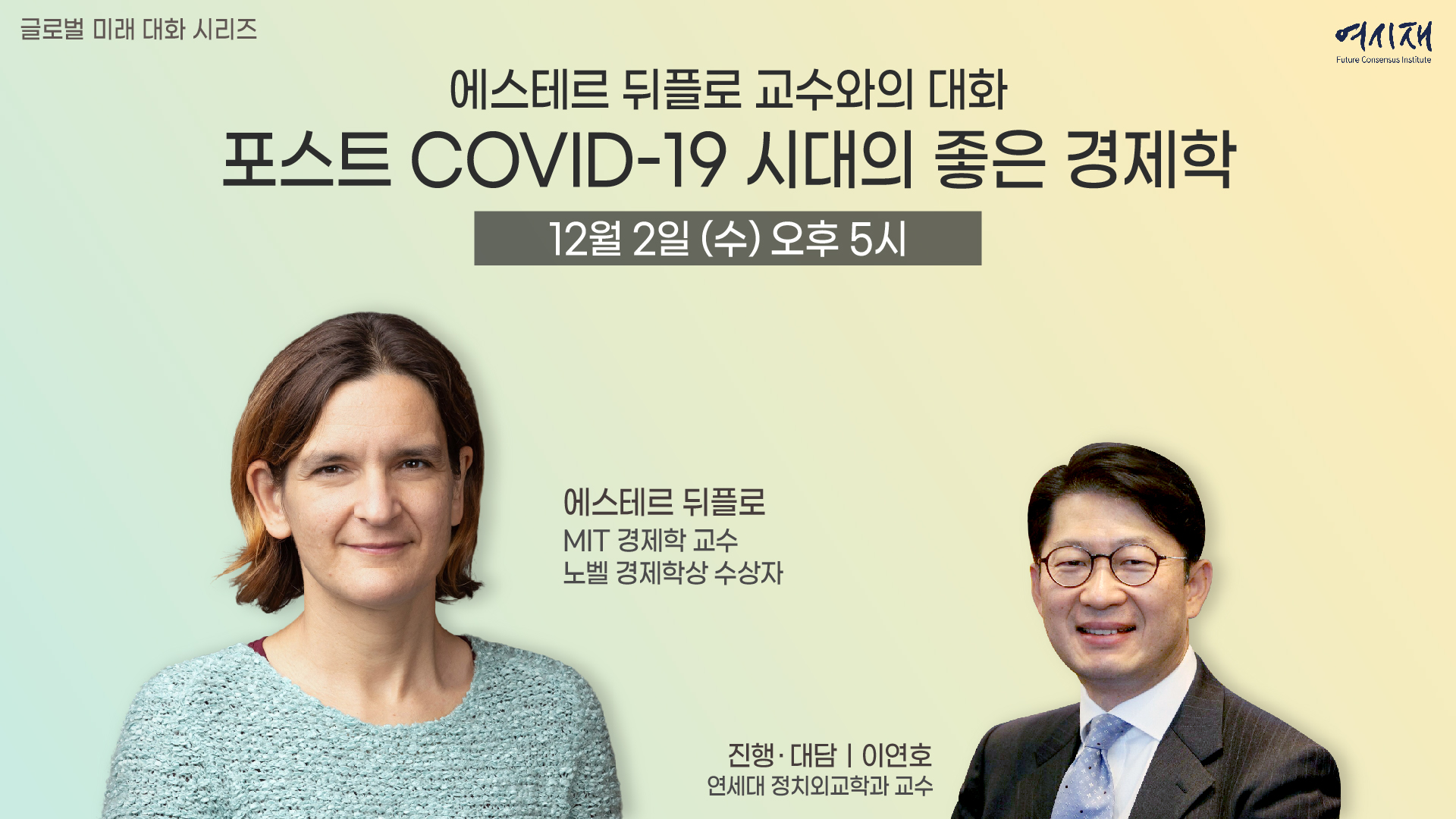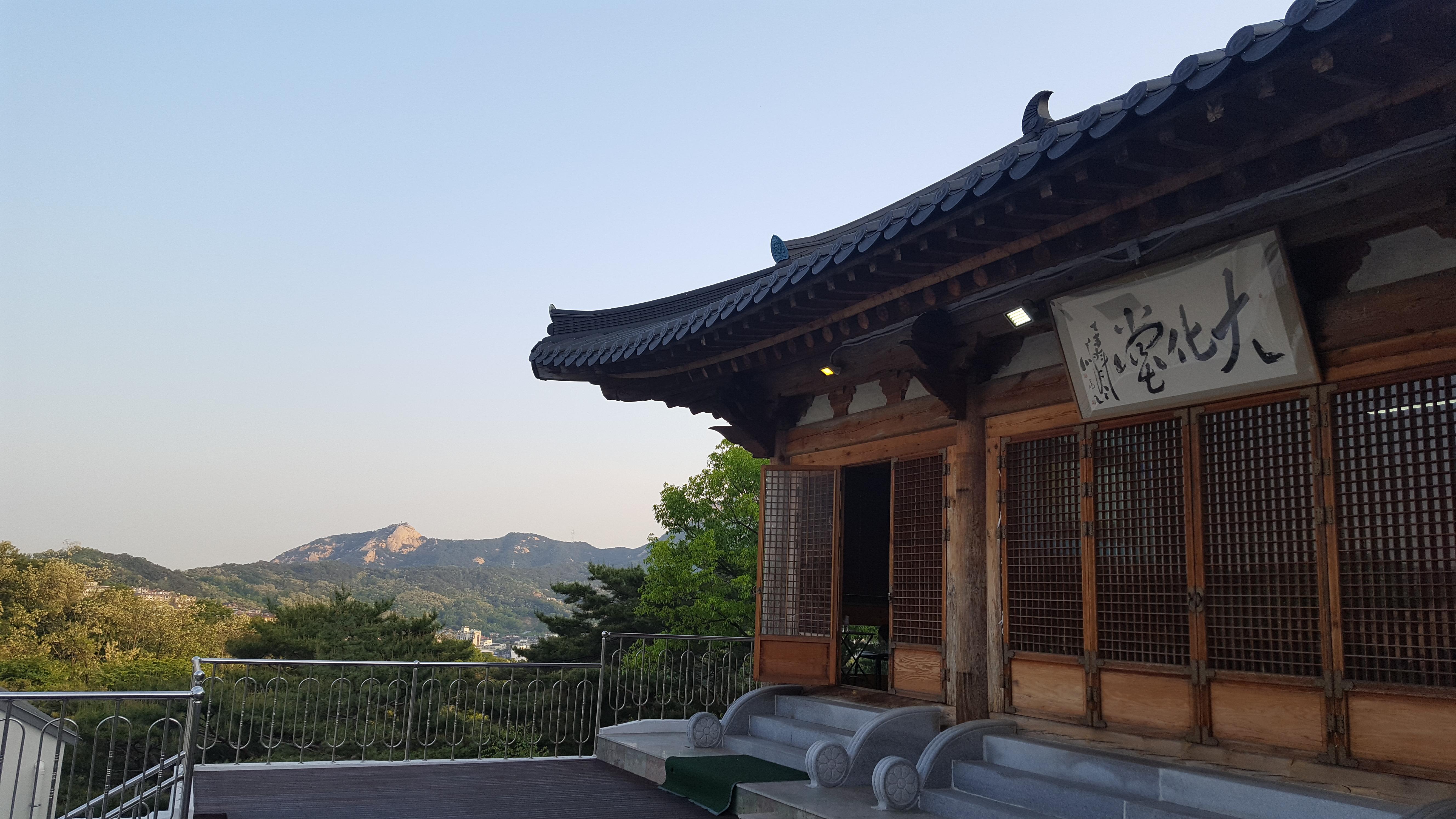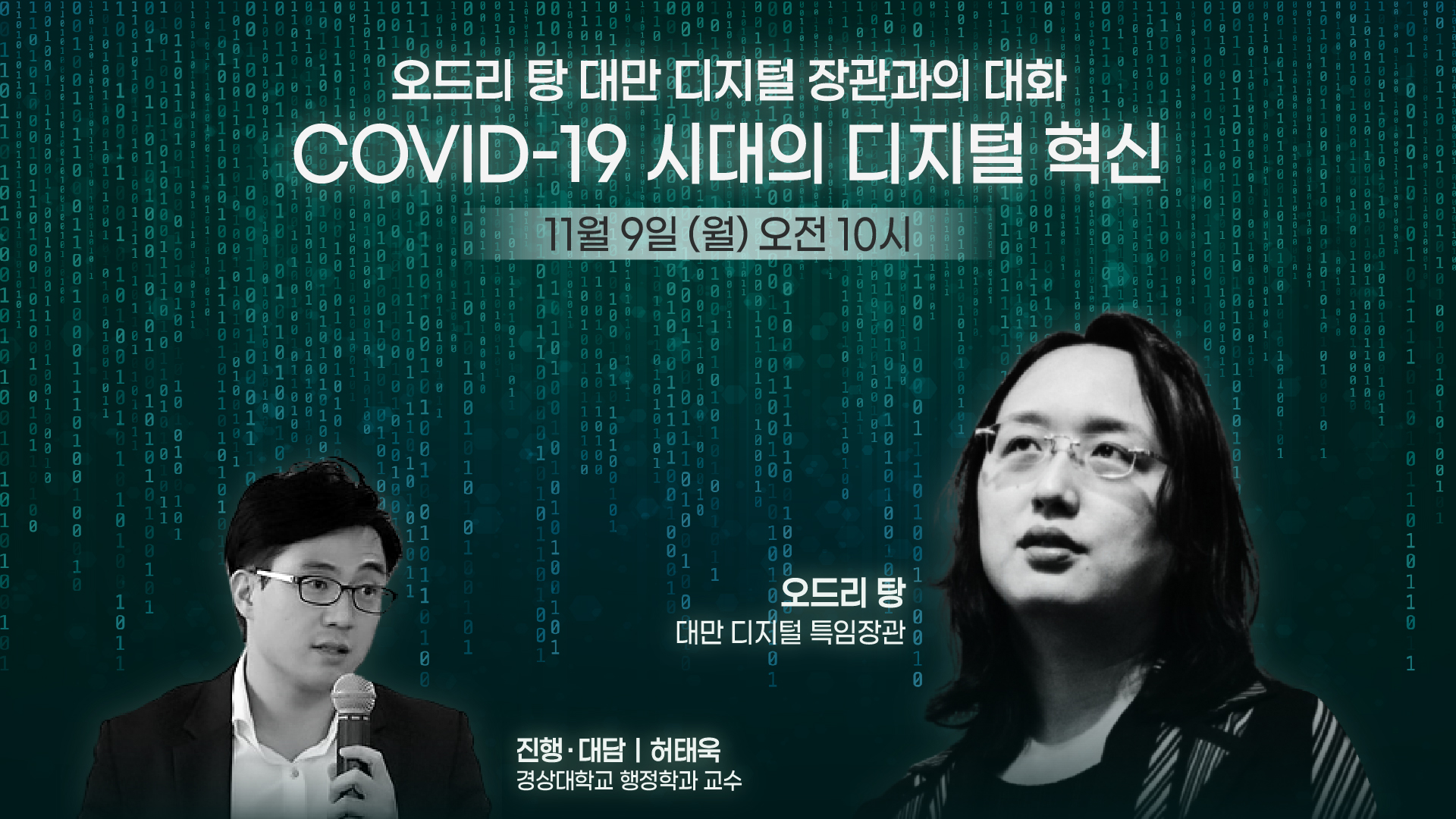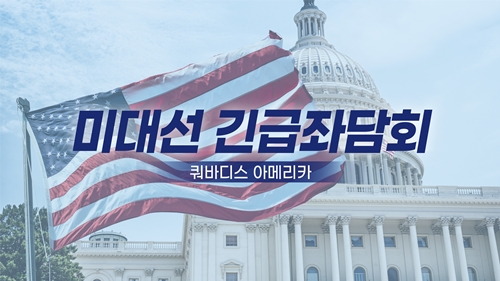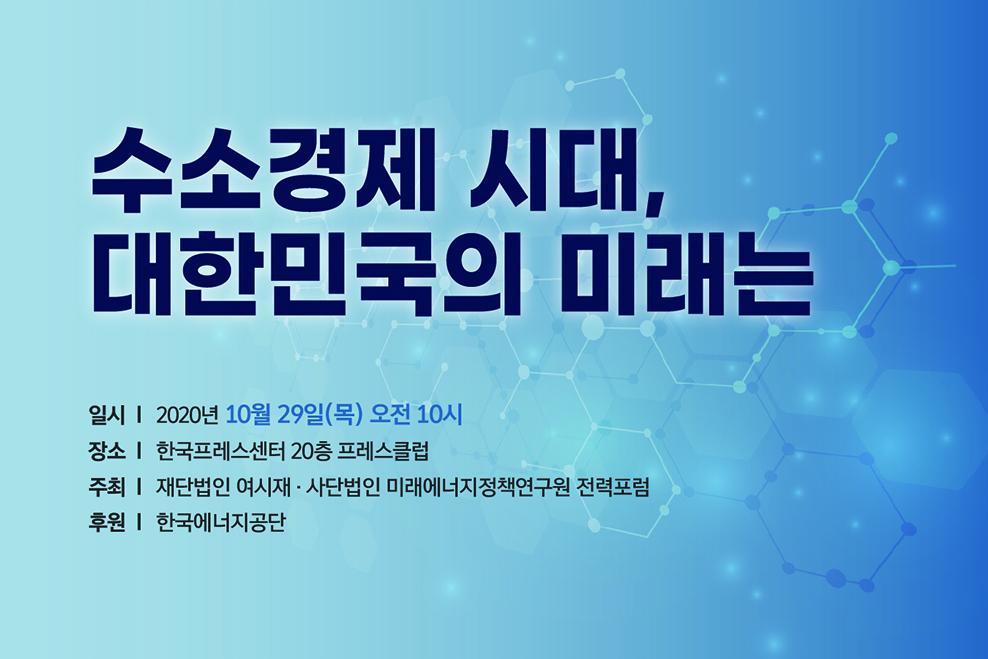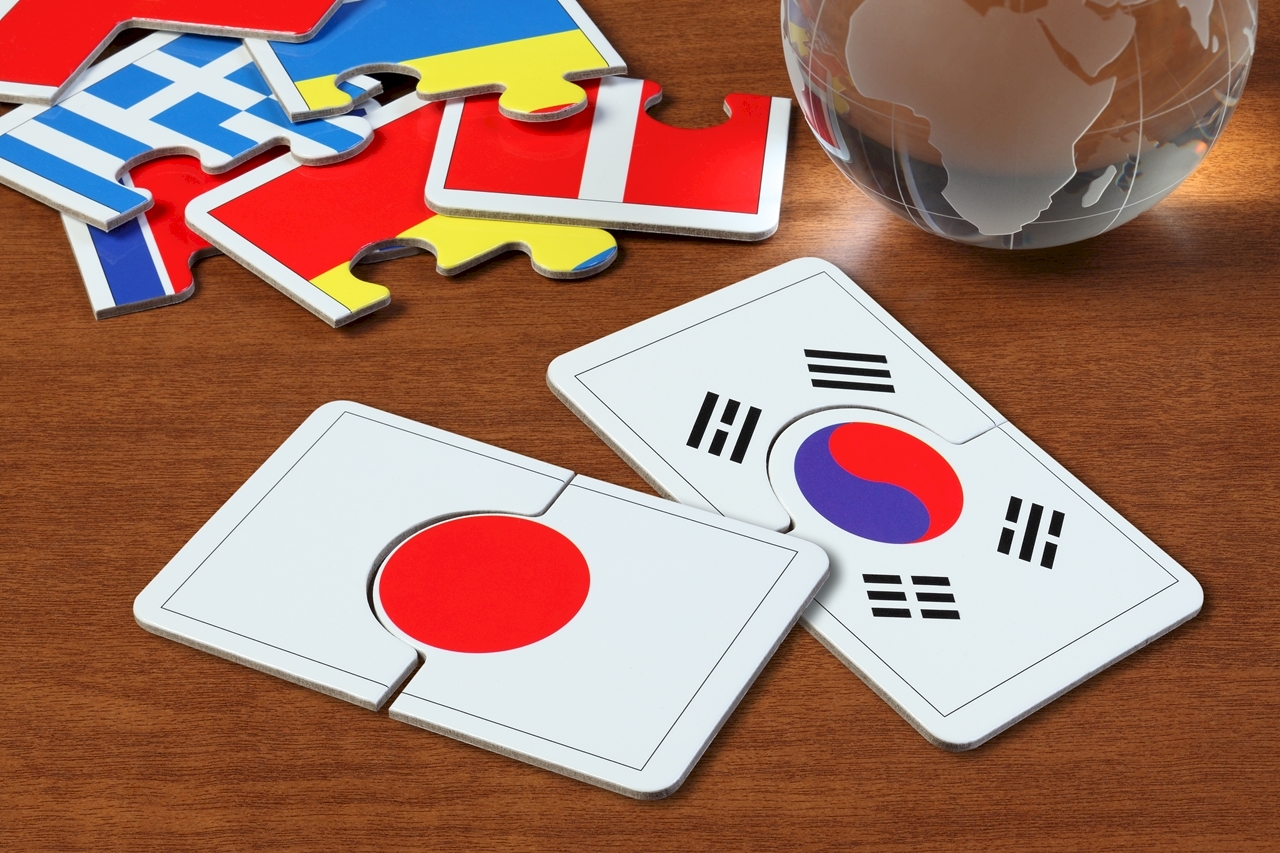Please join Yeosijae as we build a brighter future for Korea. Create your account to participate various events organized by Yeosijae.
[Looking Ahead: The Future of South Korea-Japan Relations ②] Japan-ROK’s middle power strategic thinking in the age of the U.S.-China competition
Maintaining regional order through middle power cooperation
Society of Security and Diplomatic Policy Studies (SSDP), ‘Security Studies’ Dec. 2020, Vol 2, No 4.
South Korea-Japan relations are at one of their lowest points, and Seoul and Tokyo are struggling to break the current stalemate. However, with the election of the Biden administration, which has underscored the need for U.S.-Korea-Japan trilateral cooperation, and the increasing need for economic cooperation due to the coronavirus pandemic, there is growing hope for a renewed momentum towards the normalization of diplomatic relations. The bilateral cooperation between the two countries, in particular, is especially gaining importance due to the intensifying U.S.-China competition.
Yeosijae has been working with Japan’s Society of Security and Diplomatic Policy Studies (SSDP) to conduct seminars that discuss the challenges that the two countries face and ways to move forward to construct future-oriented relations. We held a joint seminar in July to share our respective COVID-19 responses and an inter-parliamentary dialogue in November to discuss South Korea-Japan cooperation in the post-COVID-19 era and highlight the need to improve relations between the two countries.
In December, SSDP published a research journal, Security Studies, to share the ideas that have been discussed during the Yeosijae-SSDP Future Consensus Dialogue. In the foreword, SSDP Chairman Masahiro Akiyama wrote, “the current stalemate in the bilateral relations should be overcome for Japan to respond appropriately – from the perspective of ensuring its national interest or security to issues such as North Korea’s nuclear programs, North-South reconciliation movement, intensifying U.S.-China confrontation, and North Korean abductions.” He stressed, “It is essential to promote bilateral dialogues in some form or other (to normalize relations),” and added, “we hope that the Japan-Korea Study Meeting to be established soon will make a substantial contribution to that end.”
Of the articles published in the journal by SSDP, we share two articles on the future of South Korea-Japan relations with our international readers. In the first article titled Japan and South Korea Should Share a Strategy to Open a New Era, Masao Okonogi (Emeritus Professor, Keio University) shares his thoughts about the recent Future Consensus Dialogue and underscores the need to build future-oriented relations between South Korea and Japan. In the second article titled Japan-ROK’s Middle Power Strategic Thinking in the Age of the U.S.-China Competition, Tsuneo Watanabe (Senior Fellow, Sasakawa Peace Foundation) discusses the necessity of a middle power strategy in the age of U.S.-China rivalry. Both articles were written before the election and were not updated with post facto knowledge.
|
The Society of Security and Diplomatic Policy Studies (SSDP) is a Japanese foreign policy and security think tank established in October 2016. Since its inception, the SSDP has organized study meetings, developed policy proposals for Japan’s national security and foreign policy, and has partnered with Yeosijae to participate in the 2018 Yeosijae Forum and co-host the 2019 Future Consensus Dialogue. SSDP Chairman Masahiro Akiyama is a former Vice Defense Minister and a Distinguished Fellow of Yeosijae. |
The U.S.-China Confrontation Accelerated by the Corona Crisis
The gravest impact that the novel coronavirus disease (Covid-19) had on international relations is the heightened confrontation between the United States and China. The Trump administration and American people’s criticism of China has escalated due to the Chinese government’s insufficient disclosure of information at the early stage of the Covid-19 infection in China. In addition, the damage caused by the Covid-19 infection in the United States is more profound than in other countries. On the other hand, to distract public discontent from its economic deterioration, China has strengthened its hard-line diplomatic stance highlighted by its “wolf warrior diplomacy” rather than international cooperation as demonstrated by “mask diplomacy.” Not only the United States and neighboring nations in Asia but Europe also keeps a watchful eye on China’s diplomatic stance.
The hard-line positions of both the United States and China not only reflect their domestic circumstances. They are also associated with the structure of the confrontation, where the hegemony of the United States --- the world’s number one military and economic power --- is challenged by China --- the world’s second-largest economy with rapidly expanding military force. Graham Allison, a professor at Harvard University, provided a theoretical analysis of this structure of confrontation as a historical pattern called “Thucydides Trap.”1)
Richard Haas, president of a U.S. think tank, the Council on Foreign Relations, points out, “COVID-19 will not so much change the basic direction of world history as accelerate it.”2) This explains well the acceleration of the U.S.-China confrontation following the spread of Covid-19 infection. By 2019 before the corona pandemic, the Trump administration had defined China together with Russia, in a series of documents including the 2017 National Security Strategy,3) as a revisionist force challenging the existing international order. The view prevailed in the world that the United States and China had entered a “New Cold War.”
However, until just before the outbreak of Covid-19 worldwide, President Trump had been optimistic about China’s infection control efforts and even lavished words of appreciation for China.4) However, the spread of Covid-19 in the United States and lockdowns to prevent the infection have caused economic deterioration, with the unemployment rate reaching 14.7% according to the April 2020 employment statistics.5) This figure exceeds the percentage of 10.0% in October 2009 after the Lehman shock, approaching the unemployment rate after the Great Depression in 1929. The evaporation of economic growth, a chief asset for Mr. Trump’s reelection efforts, has led the Trump administration and the Republicans to increase their criticism of China.
Behind this lies the American people’s deep distrust in China. According to a poll (April 24-26) by the consulting firm Morning Consult, 83% of Republican supporters appreciate President Trump’s countermeasures against Covid-19, while 13% of Democrat supporters do. As for the responsibility for the outbreak of Covid-19, 35% of all respondents think China is responsible, while 28% of them believe President Trump is responsible. Voices blaming China are louder. 59% of Republican supporters consider China to be blamable, while 6% of them blame President Trump. 20% of Democrat supporters accuse China, while 47% of them blame President Trump. 31% of nonpartisan respondents consider China to be responsible, while 26% of them think President Trump is responsible.6) These figures indicate that for the reelection of President Trump, accusations against China, by which to shift his blame on the country, is the most persuasive message to nonpartisan people.
Hunter Biden, a son of former Vice President Joseph Biden, has a business relationship with Chinese companies; the Obama administration also demonstrated an attitude of appeasement toward China. Taking these points into consideration, the Trump camp considered it an effective election strategy to give voters the impression that Mr. Biden is a candidate conciliatory to China.7) Yet, the memoir of former National Security Advisor John Bolton published in the second half of June changed the situation. It disclosed that President Trump, prioritizing his reelection, urged Xi Jinping to purchase U.S. agricultural products and that he was indifferent to the democratization movement in Hong Kong and to human rights abuse in the Xinjiang Uighur Autonomous Region.8) These combined forced President Trump to adopt a stricter stance toward China.
From the second half of June to early July, core figures in the Trump administration --- Secretary of State Pompeo, National Security Adviser O’Brien, FBI Director Ray, and Attorney General Barr --- gave unprecedented successive speeches criticizing China. This period coincided with the time when the repercussions of Bolton’s book spread. Probably, these people may have shown restraint so as not to hinder President Trump from achieving results in his trade deal with China. As the situation worsened as mentioned above, however, they seem to have decided to assume a concerted hard-line position against China.9)
U.S. Hard-Line Stance toward China Continuing under the Democratic Administration
Currently, the Trump administration’s hard-line stance toward China is based more on a short-term measure as a reelection strategy. But in the long-term trend in U.S.-China relations, it has provided such decisive momentum that will place the bilateral relationship into mutual competition. For example, Democrat presidential election candidate Biden and experts around him criticize the Trump administration’s hard-line position toward China for downplaying its allies in achieving its goals. Yet, they agree with the Trump administration on the necessity of changing a series of problematic actions by China.
Jake Sullivan, national security advisor to Vice President Biden, co-authored with Kurt Campbell (former Assistant Secretary of State in the Obama administration) a contribution to the Foreign Affairs magazine. In the article, he frankly admits the failure of the U.S. engagement policy toward China and proposes a stronger position toward China. According to the article, the United States encouraged China to join the World Trade Organization (WTO) and opened U.S. markets to China. But China adopted peculiar industrial policies, adhering to protectionist measures; it repeatedly stole intellectual property and technology, and installed formal and informal barriers to market entry. Sullivan and Campbell point out that the primary mistake in U.S. engagement policy toward China was the belief that it could bring about fundamental changes in China’s politics, economy, and foreign policy. The majority of U.S. businesses will not accept discriminatory Chinese practices anymore --- the theft of intellectual property by state-hired hackers; the forcing of U.S. firms to establish subsidiaries or joint ventures in China; forcible technology transfer, and Chinese government subsidies benefiting giant Chinese state-owned corporations. The authors call for an end to the cooperative engagement policy toward China.10)
This consciousness of Democrat centrists close to Mr. Biden coincides in direction with a speech given by Secretary of State Pompeo on July 23, 2020, at the Richard Nixon Presidential Library and Museum. In it, the Secretary of State argued that the 50-year-long blind engagement policy with China that the Nixon administration began in 1972 failed and only made China more authoritarian and he argued that the United States should hereafter confront the Chinese Communist Party.11)
The U.S. position toward China will become severe irrespective of whether President Trump is reelected or the former Vice President Biden is elected in the coming November presidential elections. Despite the “inward-looking” stance of the Obama and Trump administrations, few Americans are willing to surrender world hegemony to China. According to a March 2020 poll by the Pew Research Center, more than 72% of Republican supporters and 62% of Democrat supporters have a negative view of China. 91% of respondents say that the world would become better with the leadership of the United States; only 4% preferred Chinese leadership.
In 1972, the Nixon administration shifted U.S. China policy from a “containment policy” to an “engagement” paradigm, which continued for a long period of time. The Trump administration then switched the “engagement” paradigm to a “competition” paradigm.12) The future U.S.-China relations will improve, worsen, or undergo various vicissitudes as in the past. The United States will pursue the “competition” paradigm unless China becomes more conciliatory to the international order, or when China stops being a threat to Americans in terms of its economic and military power. If the bilateral confrontation worsens and the United States adopts a containment policy aiming at a complete decoupling of the Chinese economy, the U.S. engagement policy toward China will come to an end.
In considering the future of U.S.-China relations, the U.S.-Japan trade friction that lasted about 30 years must serve as a reference rather than the termination of the U.S.-Soviet Cold War with the collapse of the Soviet Union. The U.S.-Japan trade friction ended when Americans stopped regarding Japan as a challenger to the U.S. economy after the bursting of Japan’s economic bubble following the Plaza Accord in 1985. Chinese researchers are interested in the Plaza Accord, looking earnestly into the historic agreement.13)
U.S. Decoupling with China
Americans as a whole are more vigilant of China than ever before; U.S. military and economic measures to contain China are intensifying. On the other hand, in the current unprecedented recession, U.S. corporations do not want to lose profits from the Chinese market. Instead of the complete decoupling from the Chinese economy, a partial decoupling is considered an effective measure to block the influx into China of competitive core technologies to maintain U.S. superiority in military and civilian technologies in, among others, high-tech areas.
The United States justifies the partial decoupling by arguing that the current bilateral relations are inequitable, posing a serious risk because the United States keeps its market open, while, on the other hand, China strategically keeps its technology and market closed. This concern appears in the Sullivan / Campbell paper mentioned above. A policy proposal of a U.S. think tank, NBR (National Bureau of East Asian Research) gives a negative evaluation of the Trump administration’s expansion of its trade war with China, because, says the proposal, it will hurt both countries’ economy. Meanwhile, the proposal calls for a “partial disengagement” to stop the unilateral outflow to China of strategically important technology.14)
In 2018 the bipartisan Congress enacted FIRRMA (The Foreign Investment Risk Review Modernization Act). It is a move toward the implementation of a partial decoupling policy. This act is a law to strengthen the authority of CFIUS (The Committee on Foreign Investment in the United States), which reviews foreign investment in the United States. FIRRMA calls on the President to conduct a collaborative international outreach effort to help allies and other partners to establish procedures similar to those employed by CFIUS that, from the viewpoint of national security risks, reviews foreign investment.15)
On May 15, 2020, TSMC (Taiwan Semiconductor Manufacturing Company, Ltd.), the world’s largest semiconductor contract manufacturing company, announced that it would downscale its production basis in China and build a state-of-the-art semiconductor factory in Arizona. The construction of the new factory will begin in 2021; mass production will start in 2012, with a total investment of 12 billion dollars. TSMC will be the sole manufacturer of the CPU of the Apple iPhone. On the same day, the United States announced that it would tighten the embargo on Huawei.16) TSMC's recent move is noteworthy as a move ahead of a future partial decoupling with China.
The Middle Power Strategy of Japan and South Korea
Both Japan and South Korea are America’s closest allies, accepting the permanent presence of the U.S. military on their territory. They rely heavily on U.S. military power for their security. At the same time, both of them, as a neighboring country of China, are economically heavily dependent on China’s labor force and market. U.S. researchers were quick to point out such a Japanese position as a dual hedge.17) South Korea’s economic dependence on China is even greater than Japan’s; its reliance on the deterrence of the USFK is also sizable due to the continuing confrontation with North Korea.
Since the outbreak of Covid-19, China has strengthened its hard-line diplomatic stance called “wolf warrior diplomacy,” and strong opposition from not only the United States but also India and Australia is increasing. China unilaterally announced the establishment of two new administrative regions in the South China Sea. A Chinese government ship collided with and sank a Vietnamese fishing boat. Chinese troops engaged in skirmishes at the border with India, resulting in many casualties. China imposed an additional tariff of over 80% on barley imports from Australia because of Australia’s demands for an inquiry into the origins of COVID-19.18)
In the United States, few experts naively think that the United States will revert to a strong commitment to the international order as in the past, only should a Democrat administration replace the Trump administration. President Trump is demanding of its allies like Japan and South Korea tremendous burden-sharing regarding U.S. military stationing expenses in return for U.S. military presence in East Asia.
Biden criticizes the Trump administration’s demands for burden-sharing and attaches great importance to international cooperation. But many experts believe that there will be no substantial difference except in their approaches between the Trump administration and a Democrat administration in demanding of U.S. allies greater military and financial burden-sharing. President Trump is also demanding that NATO member states should outlay military spending equal to more than 2% of their GDP. It should be noted that this NATO defense spending agreement was initially agreed to by the Obama administration.19)
In the future, Japan and South Korea will have to face two challenges: growing U.S. expectations for their contributions to regional security and their cooperation associated with a partial decoupling with China. The key to the survival of Japan and South Korea and their overcoming of the challenges is to maintain the regional order through middle power cooperation with Australia, ASEAN countries, India, and Canada. These players are worried about China’s deviation from international rules and, at the same time, they share the interests with Japan and South Korea in maintaining the current regional order by keeping the United States involved in efforts to safeguard it.
For Japan and South Korea, these middle powers are important economic partners and also a hedge against being unilaterally involved in the accelerating U.S.-China confrontation. As the U.S.-China confrontation progresses, if the bilateral cooperation between Japan and South Korea continues to stagnate due to heightened standoff, both of them will suffer a critical loss. By recognizing and sharing the necessity of a middle power strategy with an eye on their survival and prosperity, both countries should overcome the difficult challenges that lie in their paths. If bilateral cooperation advances, it will earn them substantial bargaining power to deal with the United States and China. On the contrary, division between Japan and South Korea would provoke discontent not only from the United States but also from Australia, India, and Southeast Asian countries.
Japan and South Korea need to maintain a balanced relationship with both the United States and China over a long time. When the U.S.-China relationship is undergoing profound changes, Japan and South Korea should see things from a broader perspective. If they fixate on immediate emotional confrontation and damage the long-term national interests, they will commit a historic folly.20)
1) Graham Allison, “Thucydides Trap,” Foreign Policy, June 9, 2017.
2) Richard Haas, “The Pandemic Will Accelerate History Rather Than Reshape It,” The Foreign Affairs website, April 7, 2020.
3) The White House, National Security Strategy, December 2017.
4) Myah Ward, “15 times Trump praised China as coronavirus was spreading across the globe,” Politico, April 15, 2020.
5) Katia Dmitrieva, “Job Losses for 20.5 Million Americans Herald More Pain to Come,” Bloomberg, May 8, 2020, (updated May 9, 2020).
6) Morning Consul, “National Tracking Poll #200479,” April 24-26, 2020.
7) Jonathan Martin and Maggie Haberman, “A Key G.O.P. Strategy: Blame China. But Trump Goes Off Message,” The New York Times, April 18, 2020 (updated on April 19, 2020).
8) John Bolton, “Exclusive Excerpt: The Scandal of Trump’s China Policy,” The Wall Street Journal, June 17, 2020.
9) Josh Rogin, “Trump’s China hawks are loose and not wasting any time,” The Washington Post, June 25, 2020.
10) Kurt M. Campbell and Jake Sullivan, “Competition Without Catastrophe: How America Can Both Challenge and Coexist With China,” Foreign Affairs, September/October 2019.
11) Michael R. Pompeo, The US Secretary of the State, “Communist China and the Free World’s Future,” at the Richard Nixon Presidential Library and Museum, July 23, 2020.
12) Tsuneo Watanabe, “US Strategic Perception on China: Implications for US Allied Partners,” December 2019, SSDP (Society of Security and Diplomatic Policy Studies).
13) Kaori Fukushima, “Why the ‘bursting of the Japanese bubble’ is noted in China?” The Nikkei Business electronic version, May 9, 2018.
14) Charles W. Boustany Jr. & Aaron L. Friedberg Partial Disengagement: A new US Strategy for Economic Competition with China, National Bureau of East Asian Research, November 2019.
15) US Department of Treasury, The Committee on Foreign Investment in the United States (CFIUS), Shinichi Isobe, “New Rules on the Review of Foreign Direct Investment in the United States --- FIRRMA --- became effective on February 13,” JETRO Biznews, February 20, 2020.
16) Kensaku Ihara, “TSMC’s painful shift to the US mainland due to further embargo on Huawei,” The Nikkei, June 9, 2020.
17) Eric Heginbotham and Richard J. Samuels, “Japan’s Dual Hedge,” Foreign Affairs, September/October 2002.
18) Joshua Mcdonald, “Amid Escalating Tension With China, Australia and India Strengthen Partnership,” The Diplomat, June 12, 2020, “China punishes Australia for promoting an inquiry into covid-19,” The Economist, May 21, 2020.
19) C.K. Hickey, “NATO Defense Funds Have Been Building for Years, but Trump Wants the Credit,” Infographic, Foreign Policy, December 3, 2019.
20) Barbara W. Tuchman, The March of Folly: From Troy to Vietnam, (Knopf, 1984).
< Copyright holder © TAEJAE FUTURE CONSENSUS INSTITUTE, Not available for redistribution >

